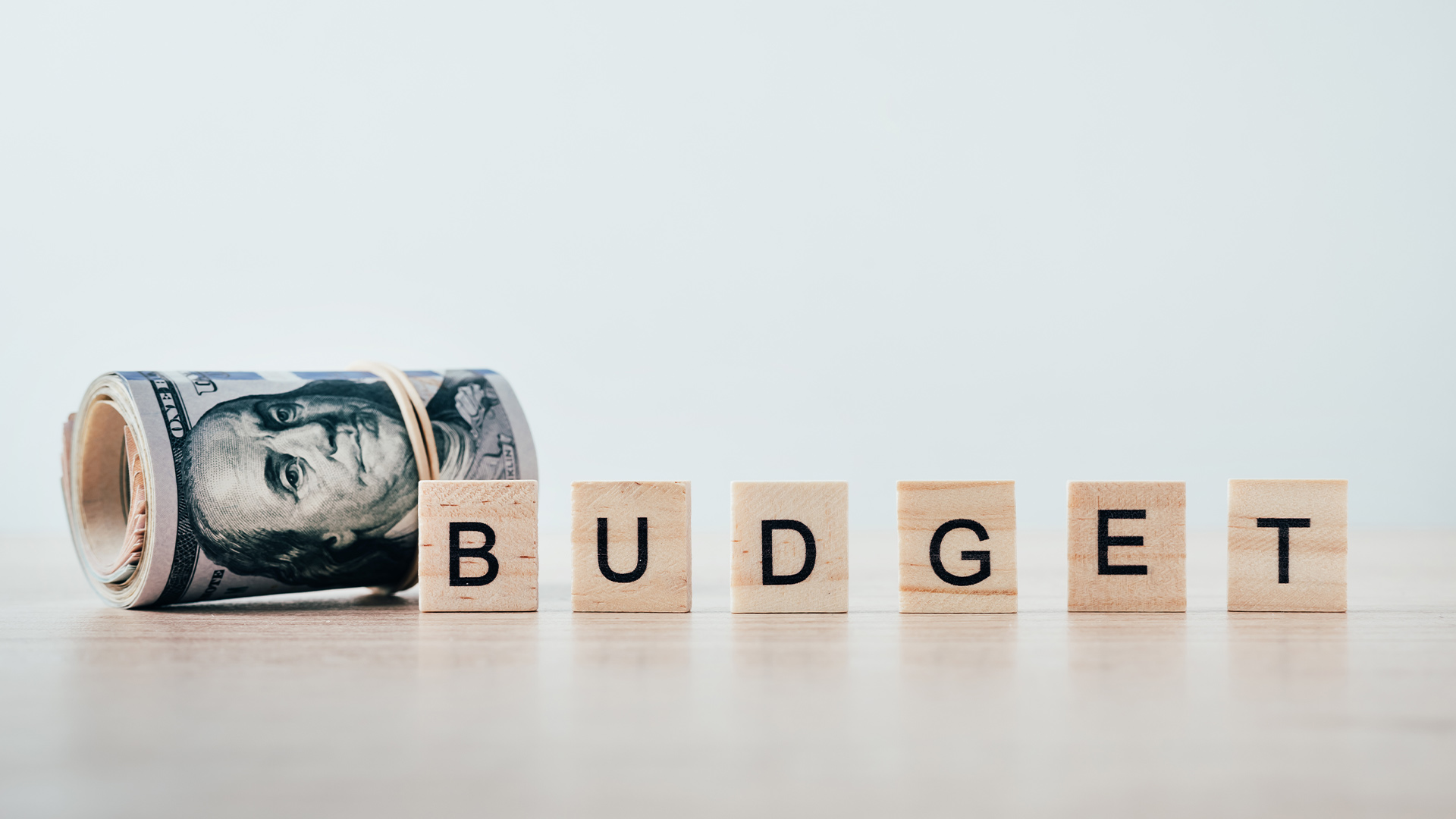
The Ultimate Daily Money Tracker
It’s the slow leak of daily spending that drains your budget. That’s why a simple daily money tracker is one of the most effective tools you can use to stay in control.
We’ve all been there: a late fee pops up because a bill slipped through the cracks. It’s not that you didn’t have the money--it just didn’t hit your radar in time. That’s why having a bill-paying system with built-in reminders is one of the smartest financial habits you can create.

We’ve all been there: a late fee pops up because a bill slipped through the cracks. It’s not that you didn’t have the money--it just didn’t hit your radar in time. That’s why having a bill-paying system with built-in reminders is one of the smartest financial habits you can create.
It takes a bit of setup at first, but once it’s in place, your bills are paid on time, your stress goes down, and your credit stays protected. Best of all, you don’t have to keep it all in your head.
Here’s how to build a foolproof bill-paying system with reminders that fits your schedule and your brain.
Before you can systematize anything, you need to see it all in one place. Make a list of every bill you pay monthly, quarterly, or annually. Include:
Include:
You can do this in a spreadsheet, notebook, or budgeting app--whatever you’ll actually open and update.
Sort your bills by calendar date to get a full picture of your month. This helps you plan around paydays and avoid mid-month money crunches.
Break them down like this:
Seeing this distribution makes it easier to schedule payments in batches.
You don’t need to pay each bill the moment it’s due. Many people find it easier to pay bills once or twice a month.
Pick one of these rhythms:
Batching payments reduces decision fatigue and keeps your schedule simple.
For fixed bills and trusted companies, set up auto-pay to eliminate the risk of forgetting. Good candidates:
Always make sure you:
For bills you prefer to pay manually--or for variable ones--use reminders to prompt action.
Here’s how:
Pro tip: Always build in buffer time. Don’t wait until the exact due date to pay.
Keep a one-page sheet or spreadsheet where you mark off bills as they’re paid. This gives you a visual “checklist” and reinforces consistency.
Columns might include:
| Bill | Due Date | Paid? | Amount | Notes | |------|----------|-------|--------|-------|
Review it weekly during your budget check-in. It takes 2 minutes and saves hours of backtracking later.
Create a secure, encrypted document or password manager folder with:
This comes in handy when you change banks, travel, or need someone else to help you in a pinch.
Every three months, take 10 minutes to review your bill list:
Quarterly reviews keep your system fresh and accurate.
Automation reduces friction--but tracking gives you insight. A smart bill-paying system blends both:
This balance protects your peace and keeps you in control.
Even the best system needs a backup plan. Set up:
Your system should work even when life doesn’t.

It’s the slow leak of daily spending that drains your budget. That’s why a simple daily money tracker is one of the most effective tools you can use to stay in control.

Spreadsheets might not be the sexiest part of managing money, but they’re one of the most powerful. A good budget spreadsheet saves you time, cuts down on stress, and shows you exactly where your money’s going--and where it should go instead.

If you’ve ever felt like you’re managing your money in a fog--checking five different apps, forgetting what bills are due, or losing track of your goals--a daily finance dashboard can clear it all up. It’s not just for data geeks or spreadsheet lovers. It’s a tool anyone can use to stay financially grounded in just a few minutes a day.